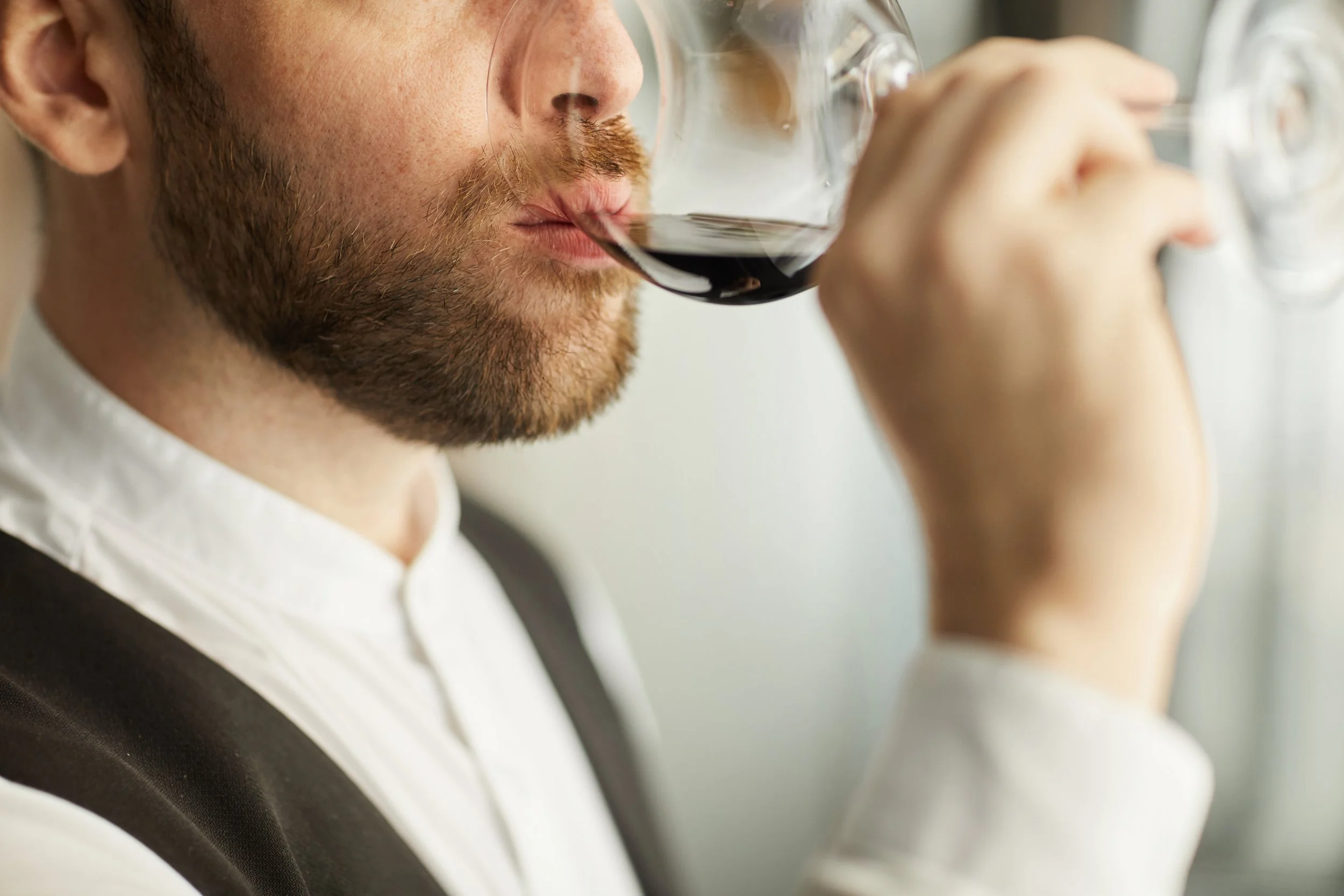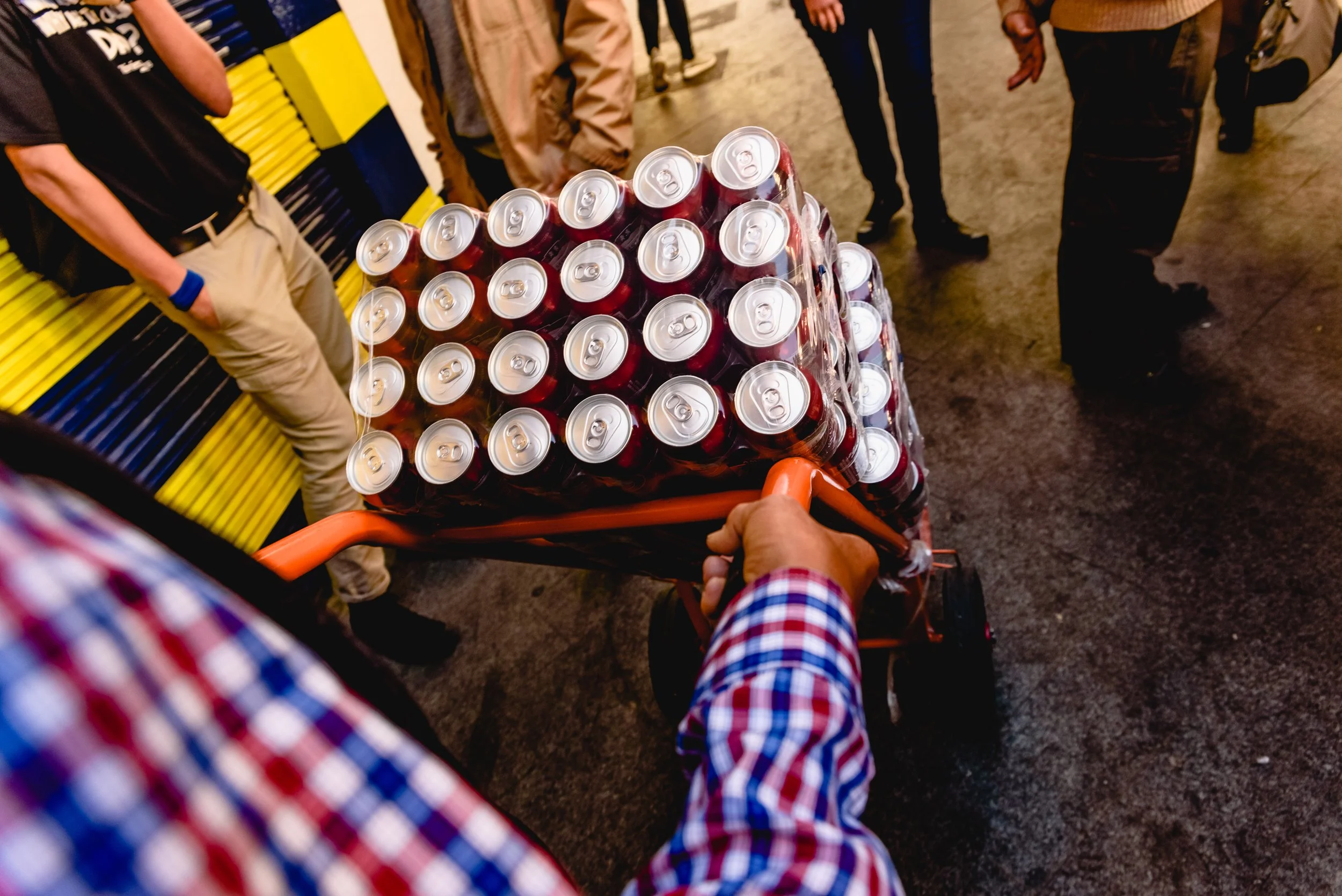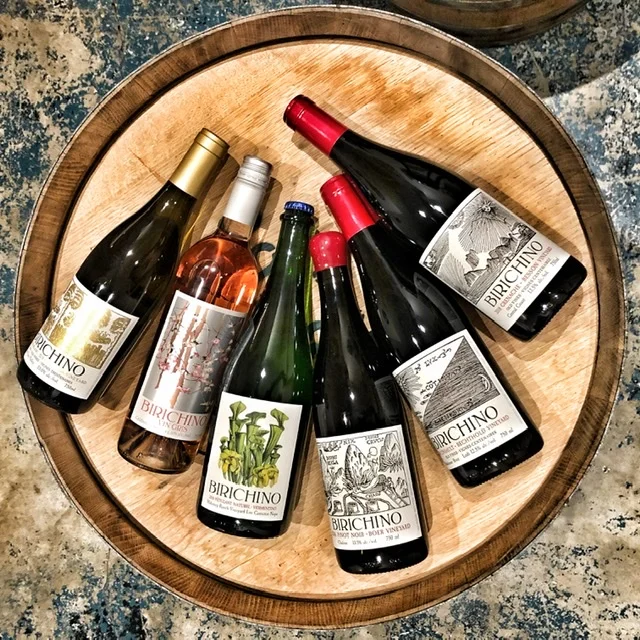2020 Wine Report: DTC for the Next Generation
Both Silicon Valley Bank and Sovos released their 2020 industry reports in January. The VineSpring team read both reports and we’ve put together a summary of our findings and the state of the direct-to-consumer (DTC) industry.
The themes that surfaced in both reports are:
The oversupply in California and Washington and how it could lead to discounting if not marketed properly to the wine buyer.
The wine industry is still missing the mark on millennials and needs to close the gap as boomers enter retirement.
A lack of innovation in alternative DTC strategies beyond the tasting room is limiting DTC growth.
Want to see an update on these trends? Read a Reboot for the Future of DTC.
Too Much of a Good Thing
Even before the crush reports were in, oversupply and its effects on pricing became a top concern. This isn’t the first time the industry has experienced an oversupply. Back in 1894, during a similar oversupply period, Honorable A.M. Drew from Fresno said, “When we deliver what the consumer wants at the right price, there is no such thing as oversupply.” There’s some truth to that.
Many believe that the current oversupply in California and Washington was born from failing to provide what customers want, not overplanting. It’s not that the quality is bad, on the contrary, it’s excellent, but wineries have been missing the mark on consumers’ expectations. The wine buyer has evolved and tried-and-true wine sales are being tested.
Speaking of evolution...let’s move on to everyone’s favorite topic—millennials.
The Millennial Puzzle
We’ve all seen the headlines over the past couple of years about the disconnect between millennials and the wine industry. It seems a new article is published on the topic every day.
What is the industry doing and why hasn’t anything changed yet?
First off, don’t let the millennial conversation become white noise. This generation is a huge, largely untapped opportunity for the wine industry and the boomer and mature generations are getting smaller.
Millennials contain multitudes and winning their affection has proven to be a complex puzzle. This consumer group is more health-conscious, on the hunt for a good value, prefer a unique experience, and have their choice of interesting substitutes to wine—like craft beer, spiked seltzers, spirits, and cannabis products.
Why should millennials choose wine over, say, a White Claw? A glance at White Claw’s packaging alone lets millennials know the calorie count, a lesser alcohol content than wine (which health-conscious millennials like), gluten-free, number of carbs, and contains “natural flavors.” Plus, it generally costs less per serving than wine. While wine might be one of the most “natural” beverages out there, few wineries are communicating these benefits.
‘Millennials don’t trust the rich, are skeptical about inauthentic and opaque marketing and don’t care about your family’s name on the bottle. They are more interested in what’s in the bottle — the ingredients and additives — and how you make the world better.’ - SVB Report
Social responsibility is high on the list for some millennials. They are more likely to purchase a product that also makes them feel good about their impact on the earth and society. If a winery is using sustainable farming practices and being good stewards to the land, millennials want to know about it.
The wine industry has been slow to adapt to consumer change and truly understand what’s important to younger generations. As an industry, we aren’t giving millennials a good enough reason to put down other beverage options and drink a glass of wine. With the oversupply looming, this is a critical time to make attracting younger generations a priority and figure out how to clearly communicate a unique and valuable experience.
“The winners of tomorrow will be the wineries that understand the evolving consumer profile, critically evaluate their organization’s capacity to react, develop solutions and execute quickly, then evaluate their success or failure to continuously improve.” - SVB Report
A Slowing DTC Channel Calls for Innovation
According to the 2020 Direct-to-Consumer Wine Shipping Report, 2019 saw a 7.4 percent increase in value in the DTC shipping channel, compared to a five-year average growth of 14 percent.
In volume, 2019 had a 4.7 percent increase, compared to a 13 percent five-year average. This decline points to a maturing market.
It seems we are phasing out of a high-growth period and moving into a new era of traditional luxury goods era that is heavily influenced by the state of the economy, demographic trends, innovation in sales and marketing, and consumers migrating from traditional to online purchases.
Over the past decade, wineries could rely on new states opening up to direct shipments to help fuel their growth. But with only a few states left that still prohibit DTC wine, that opportunity has diminished significantly. Wineries seeking growth will now have to look towards new subscription models and expand their impact beyond the tasting room.
These days 60 percent of the average small winery’s revenue comes from DTC sales. The vast majority of those sales start in the tasting room. But, with tasting room visits dropping, what can winery’s do to continue to grow this channel?
The way that people are visiting wine country is changing. In the past, people came to taste and purchase wine. These days, it’s about more than a good glass of wine. Wine country visitors are putting more thought into the overall experience; from the place that they stay, the activities that they participate in, the food they eat, and the wineries they visit. Travelers are looking for a unique experience in everything they do. Many decide which wineries they’ll visit before they even leave home. Will they be able to find your winery? And if they do, why should they pick you over your neighbor?
Finding new customers isn’t going to come from balloons out front or recommendations from concierges. This is where your online presence becomes vital. Wineries need to use digital channels to expose their winery to a wider audience, find new ways to sell to them digitally and in person, and build an experience outside of the tasting room walls.
See our guide to the Future of Technology and the Wine Business.
If you can’t literally take your winery on the road, what can you do online? SVB suggests virtual wine tastings, shareable playlists, streamable winemaker discussions, and cross-marketing with other luxury brands that will help spread your message to a new region.
Another interesting trend that wineries can learn from comes from brewery clubs. Local pickup clubs run by breweries have been gaining momentum. Club members like being a part of something hyper-local that gives them a connection to a specific place, but they also love the reasonable flat monthly fee. Wineries, we challenge you to think of how you can change your clubs, not just the packaging. Can you offer innovative subscription models to different segments of customers? Same wine, same packaging, different club models.
What Else Could Affect Future DTC Sales?
The US Supreme Court ruling in Tennessee Wine & Spirits Retailers Association v. Thomas in 2019 could help soften protectionist barriers against direct shipments of wine from retailers. We could see sales opportunities stem from this ruling, especially in luxury wines. And, it’s likely that craft spirits and beer producers will also take advantage of DTC shipping in ways they haven’t in previous years as a result of the ruling.
Who Were the 2019 DTC Winners?
One trend that is on the upswing in DTC wine is premiumization. Bottles priced at $100 or more outperformed the overall DTC channel and the industry saw an increase in average price per bottle by 2.5 percent. That’s the largest increase since 2011. While these bottles only make up 7 percent of DTC shipments, they amount to 28 percent of the value
Oregon and Washington rose above other regions in shipment volume, value, and price per bottle. Oregon is on a roll with its eight-year pattern of increasing DTC shipments. They’ve doubled their overall value since 2011 and outperformed the industry as a whole on both volume and value shipped in 2019. Washington isn’t far behind. They also outperformed the DTC shipping channel as a whole.
I imagine that not much of these findings are news to you. The topics of oversupply, millennials, and the slowing DTC channel have been hot topics in the news for a while. All of these themes and evolutions in DTC can be summarized in one charge for the wine industry—the way the industry has sold wine in the past will not support the future of the industry. Creativity and a connection to the customer is critical.
What ideas did this year’s DTC reports spark for you? We’d love to hear about them.
















